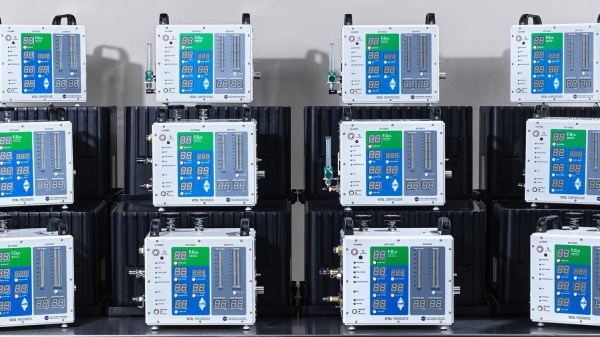As we’ve looked at the subject of face masks in the first two parts of this series, our emphasis has been on a physical step to aid your chances of making it through the COVID-19 pandemic in one piece. But given that the upheaval caused by all the social changes enacted to protect the population are likely to leave an indelible mark on those who live through them, there are significant aspects of surviving all this that go beyond the physical.
This will be a once-in-a-lifetime event for many people, a significant number will find it traumatic in some way, and for many of those people there will be an immediate and then ongoing effect on mental health. If anyone is in doubt as to from what position this is coming, I count myself among that number.
The Pressure Of A Once In A Lifetime Event

Different countries have placed their own public health restrictions on their populations, but it’s likely that many of you are in some form of lockdown situation, with social or communal activities and locations closed or curtailed, going out restricted, and with all around you in the same situation. A perfect storm of having social outlets removed while simultaneously being stuck at home perhaps with family or housemates you’d prefer not to spend too much time with is not ideal. Add to that the multiple stresses from the pandemic itself as well as other news stories from our turbulent world, and it’s hardly a surprising that it’s taking a toll. Continue reading “Surviving The Pandemic As A Hacker: Take Care Of Your Mental Health”

















